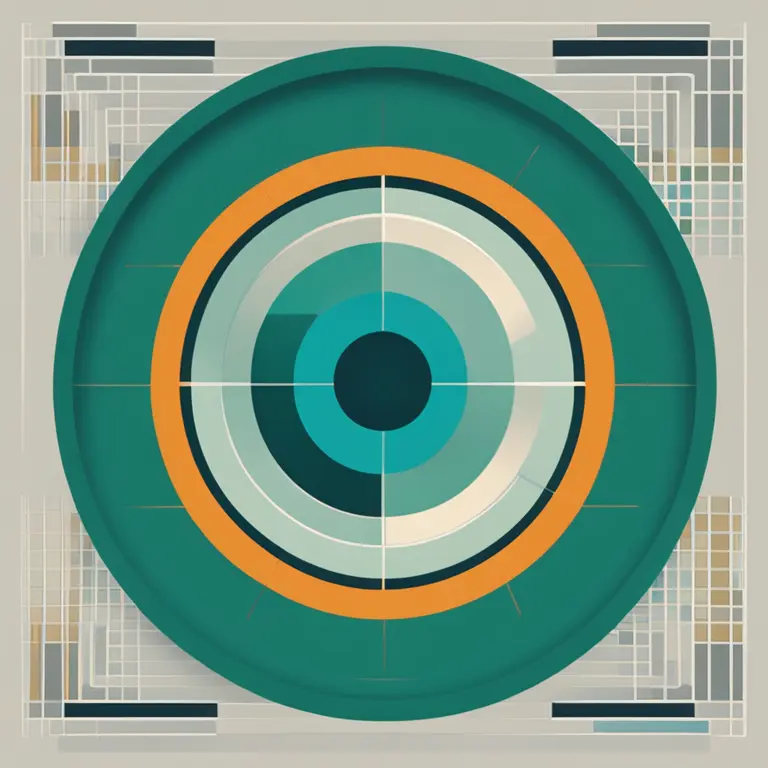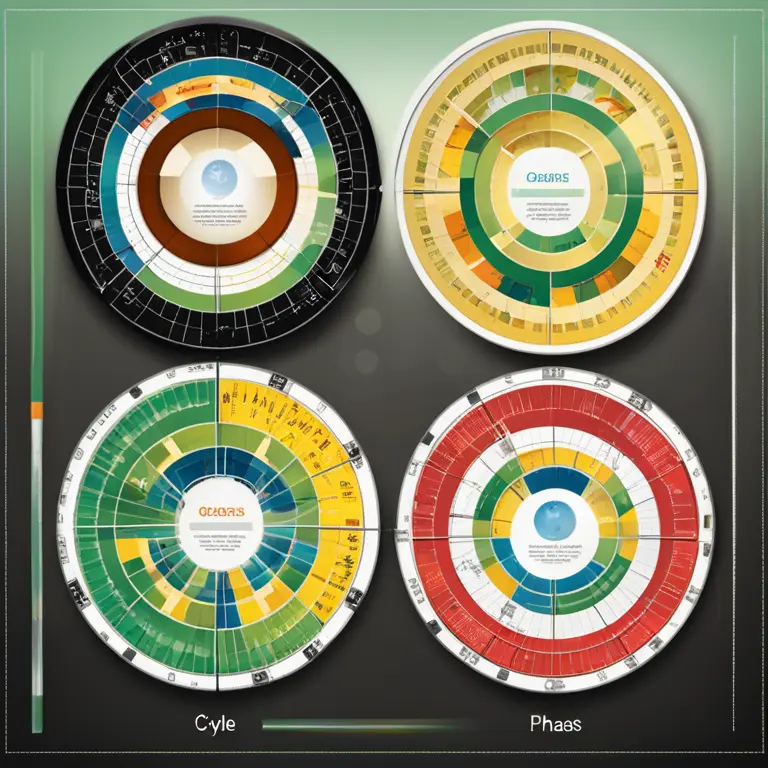
Biorhythms Compatibility: The Key to Harmonious Relationships
Explore the intriguing world of biorhythms compatibility to enhance personal interactions and foster deeper connections. Learn how syncing natural life cycles can influence relationships.
article by Adrian Wallace
Introduction to Biorhythms
Biorhythms are a fascinating aspect of human life, outlining the notion that our lives are influenced by natural physiological cycles. These cycles are thought to affect our physical, emotional, and intellectual well-being. Originating from the scientific observations in the 19th century, biorhythms have garnered significant attention for their potential impact on personal relationships. By understanding one's own biorhythmic patterns, as well as those of others, individuals can navigate interactions more smoothly and foster deeper understanding and synchrony within various types of relationships.

The Three Primary Cycles
The concept of biorhythms centers around three primary cycles: the 23-day Physical cycle, the 28-day Emotional cycle, and the 33-day Intellectual cycle. Each cycle has a high (positive) phase and a low (negative) phase. During the high phase, individuals may experience increased performance, stability, and positivity in the corresponding aspect. Conversely, in the low phase, one might face challenges, negative feelings, or decreased capacities. Awareness of these phases, especially concerning compatibility with others, can be crucial for harmonious interactions.

Biorhythm Compatibility and Relationships
Biorhythm compatibility posits that the synchronicity or discordance of biorhythm cycles between individuals can powerfully impact their dynamic. For instance, if two people’s emotional cycles are aligned, they may find understanding each other's feelings more effortless. On the contrary, misalignment could lead to emotional disconnects or conflict. Romantic partners, colleagues, and friends can all benefit from this knowledge by better timing significant conversations or events, and by exercising patience when biorhythm cycles are out of sync.

Calculating Biorhythm Compatibility
To calculate biorhythm compatibility, first determine each person's unique cycles, beginning from their birth date. This process often involves specialized software or online calculators available as of 2024, which consider leap years and other variables to provide accurate readings. Then, compare the corresponding cycles to discern the degree of alignment. It's beneficial to remember that perfect compatibility is rare, and that awareness and understanding are key remedies to cycle-induced friction.

Modern Biorhythm Compatibility Tools
With advancements in technology, 2024 offers more sophisticated tools to assess and monitor biorhythm compatibility. Mobile applications, wearable devices, and enhanced digital platforms allow individuals to easily track their own and others' cycles. Real-time notifications and AI-driven advice further bolster the practical application of biorhythms in everyday life, suggesting opportune moments for significant actions or advising caution when misalignment occurs.
Enhancing Life Through Biorhythmic Awareness
Understanding and applying the principles of biorhythm compatibility is more than a mere esoteric practice; it is an exercise in empathy and self-awareness. By recognizing the natural ebbs and flows of our physiological states, individuals can aspire to more harmonious and understanding interactions both personally and professionally. As society grows more attuned to mental well-being and interpersonal dynamics, biorhythmic awareness serves as an invaluable ally in the quest for better communication and relationships.
Published: 1/25/2024
Modified: 1/25/2024
More predictions
Come back here soon to learn more about yourself and your future


The Basis of Biorhythms: Biological Cycles Explored
Delve into the foundations of biorhythms and discover how these natural cycles influence our daily lives and well-being.


The Principles of Biorhythm Cycles
Discover the fundamental principles of biorhythm cycles and how they influence daily life and personal well-being in this insightful article.


Biorhythm Love Compatibility: Find Your Match
Discover how a biorhythm love compatibility calculator can enhance your romantic connections by analyzing the natural cycles that influence relationships.